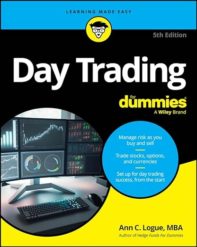 The Washingtonian Magazine has a long story about management tensions at the Cato Institute, a libertarian think-tank. The most interesting part, to me, was this tidbit: the Cato Institute has shareholders because Kansas corporation law allows non-profits to have a corporate ownership structure.
The Washingtonian Magazine has a long story about management tensions at the Cato Institute, a libertarian think-tank. The most interesting part, to me, was this tidbit: the Cato Institute has shareholders because Kansas corporation law allows non-profits to have a corporate ownership structure.
That’s really unusual. A typical non-profit organization is “owned” by its donors or members, and it is controlled by its board of directors. Conceptually, it is the same as with a corporation: someone puts up money and expects a return on that. Shareholders expect a return on investment, and donors and members expect progress toward the mission of the organization. Shareholders who are unhappy can sell their shares, donors who are unhappy can withhold funds, and members who are unhappy can drop out. All three groups can support changes in the boards of directors of their organizations, too.
The shareholder structure for a non-profit seems strange to me, but as long as these organizations are dependent upon outside funders, they have boards of directors that have to be accountable to outside parties. I’m not sure what the advantage of corporate structure would be. For the Koch brothers who founded Cato, it was obviously a philosophical move to make the non-profit seem more “corporate”. For everyone else, though?
It seems to me that there are lot of ways that non-profits could be more “corporate” without a change in the governance structure. And, given that the principals at Cato are fighting over who owns the shares, I’m not sure it works well.


